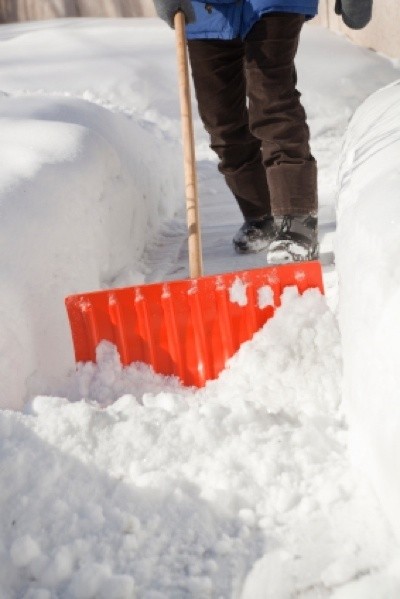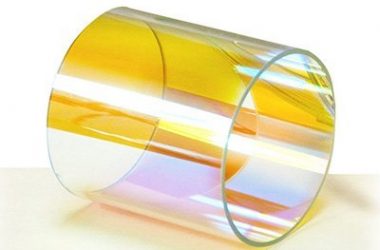I’ve said it before: driveways are a part of your home, and as such you need to take care of them. While some are gravel and some are dirt, many are asphalt, and as any homeowner can tell you, asphalt doesn’t last forever. Weather shifts, extensive rains or temperature shifts and even tree roots can make short work of an asphalt drive. Also, simple wear and tear can fade and crack a drive over time. Listed below is a walkthrough on what you can do to repair your asphalt drive and keep it looking great.

The first thing you need to do is clean. Your drive probably has quite a bit of filth on it, not to mention dust and oil. Go through and remove any grass, loose rocks or debris with a garden hoe and power washer. Also, don’t be afraid to break out that broom before and after. Remember, any debris left on the drive will affect the asphalt you’re about to put down. Also, don’t hesitate to purchase professional driveway cleaner or any other industrial-strength solvents that could remove anything that might get in the way. Essentially, you want to sterilize your drive before you start. Once it is washed, swept, vacuumed, chemically treated, hosed off, and generally spotless and dry, you are really ready to begin.
For tiny cracks, a rubberized asphalt-emulsion crack filler can be used. You’ll find this at your local hardware store for anywhere from $4-$12 depending on what brand you buy and where you shop. A calking gun will help you apply this to tiny cracks and small dents, but be warned- this is not for major cracks/repairs. This is for the little chunk or crack from bad weather, and that’s about it. Be sure to smooth the calking job when your done, preferably with a flat surface (knife or trowel).
For major repairs, you need something a bit more drastic. You’ll need to purchase an acrylic driveway sealer that needs to be applied to a moist surface (read: moist, not drenched). This can be smoothed on like peanut butter. Really gross smelling, black peanut butter, but the analogy holds. A one foot strip across the top (highest point) of your drive should be applied first, and then drug down with a large squeegee. This will stretch the acrylic about four feet maximum before a second coating will need to be applied. Continue to do this, making sure your work is even and that all parts of your drive are covered. Gravity will help (kind of), and within about an hour or two you should have a covered drive. Then simply wait about 24 hours to make sure it’s dry before placing anything on it, including yourself. The last ting you want are smelly shoes from standing on your still-wet hard work.

That’s roughly it. If you are looking for anything beyond these techniques, or a more drastic repair, then a new driveway might be more cost-effective at this point. Remember, regular maintenance will carry you a long way. Take care, and good luck!
If you’re a miser and don’t want to get a new driveway then the best option is to hire the best driveway sealer in town but it’s going to cost you anyway and they do charge higher than expected.










